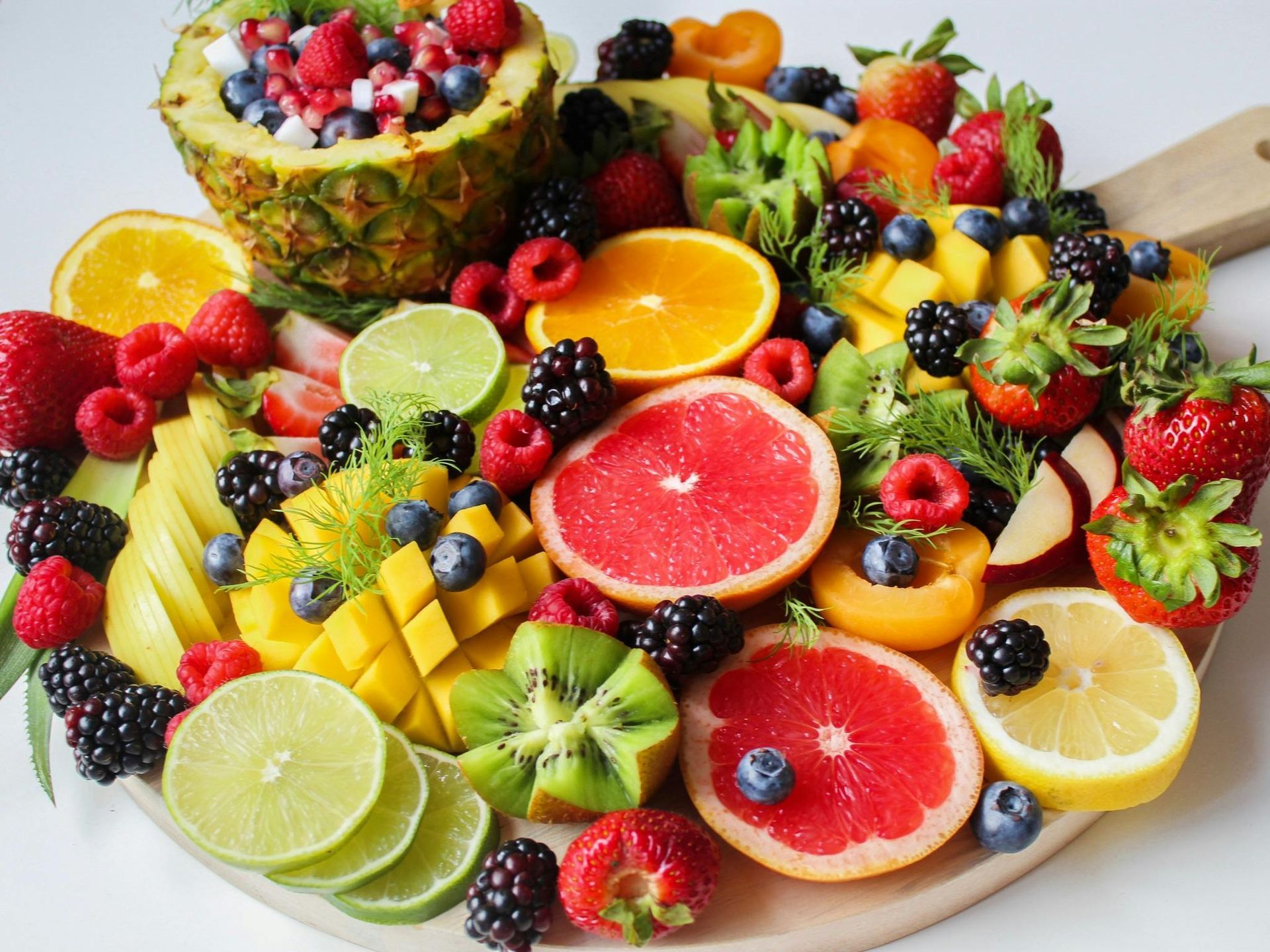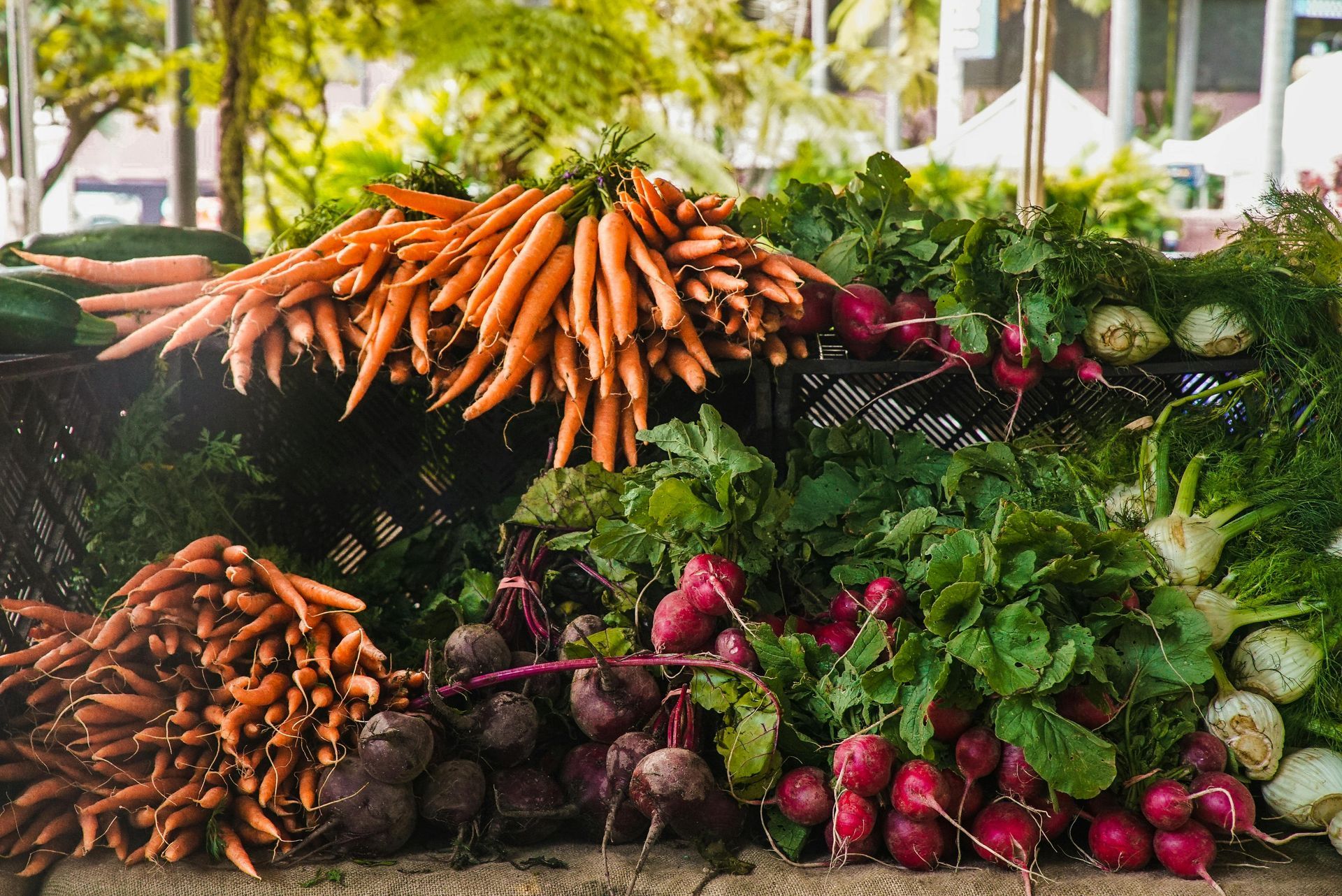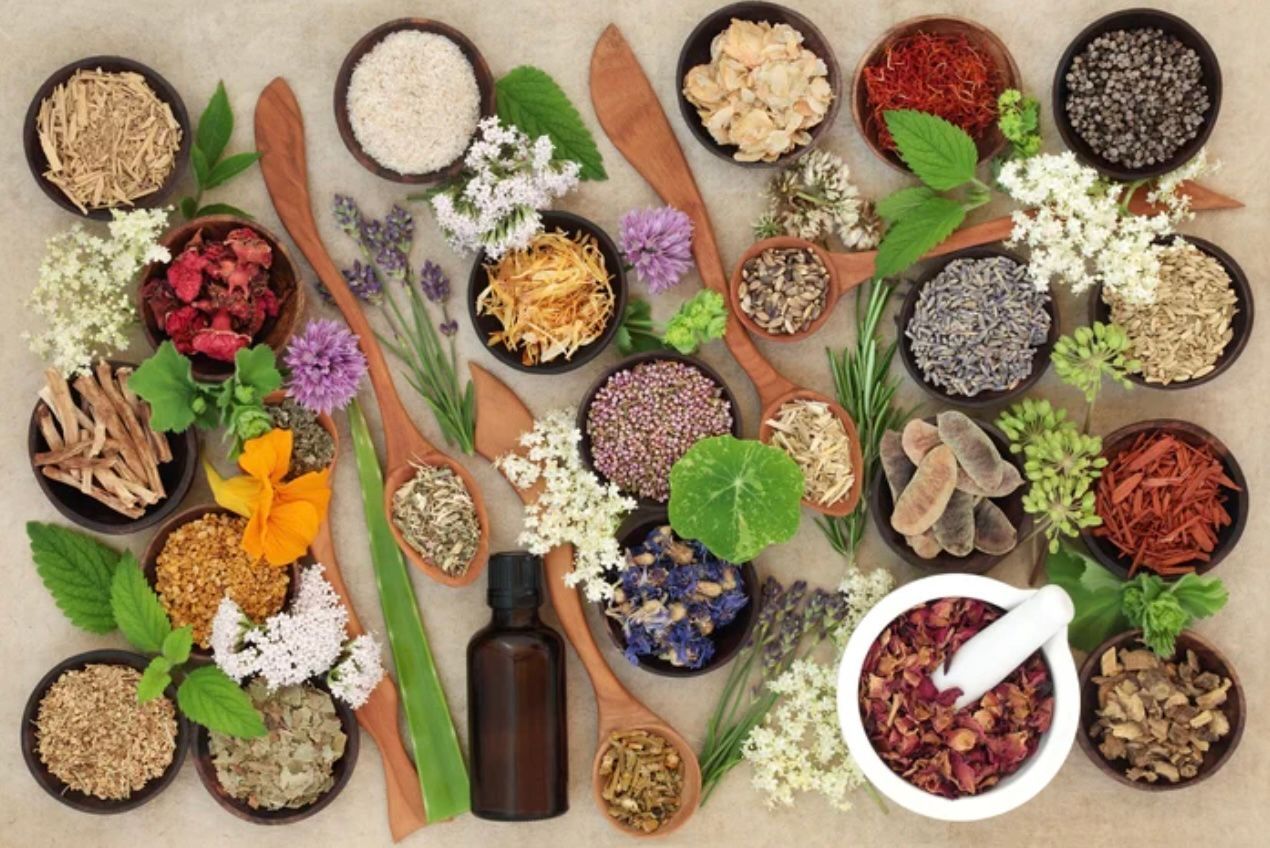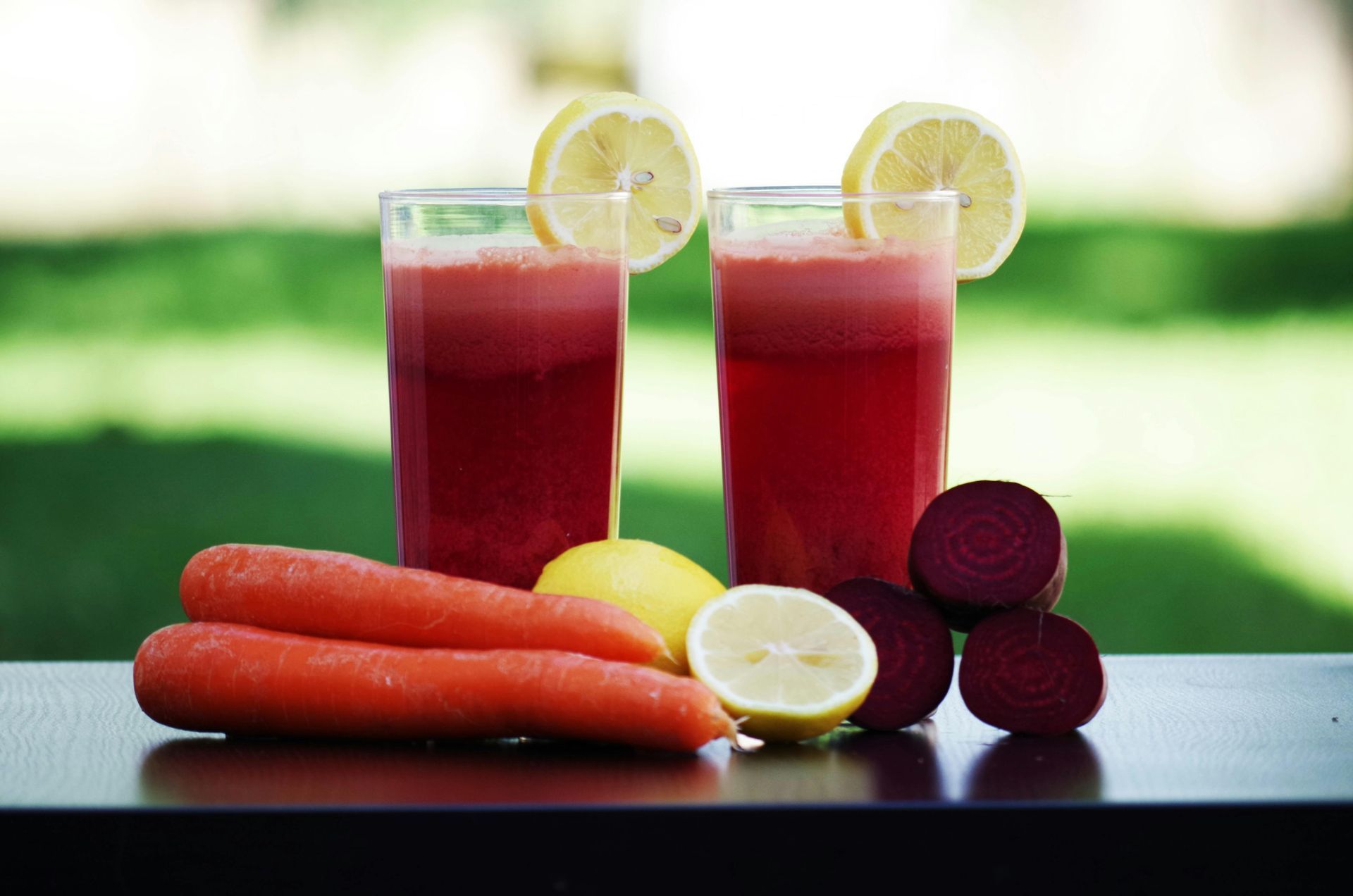What Are Polyphenols?
Polyphenols are a vast group of phytonutrients found exclusively in plant-based foods. They’re responsible for the rich colors of berries, the bitterness of dark chocolate, and the pungency of herbs and spices. Chemically, they are classified into major groups: flavonoids, phenolic acids, stilbenes, and lignans.
Research shows that polyphenols have a wide range of biological effects, including:
• Neutralizing oxidative stress
• Modulating inflammatory pathways
• Enhancing gut microbiota
• Supporting cardiovascular, metabolic, and cognitive health
Why Polyphenols Matter for Wellness
While polyphenols were once valued solely for their antioxidant properties, recent studies show they do much more. They:
• Improve blood vessel function and reduce blood pressure
• Lower LDL cholesterol and reduce arterial plaque buildup
• Influence glucose metabolism and insulin sensitivity
• Modulate gut bacteria to produce bioactive metabolites
In fact, up to 80% of dietary polyphenols are metabolized by gut microbiota, forming compounds that circulate throughout the body and influence everything from brain health to inflammation.
Bioavailability matters too—some polyphenols are absorbed better than others depending on food matrix, gut health, and even food pairings. So it’s not just what you eat, but how and with what.








